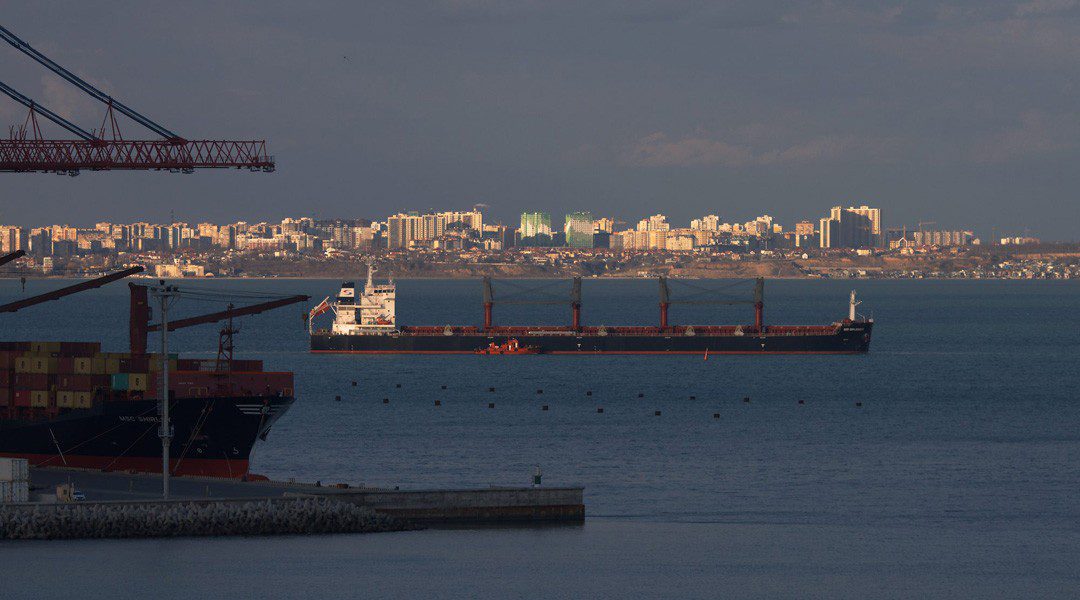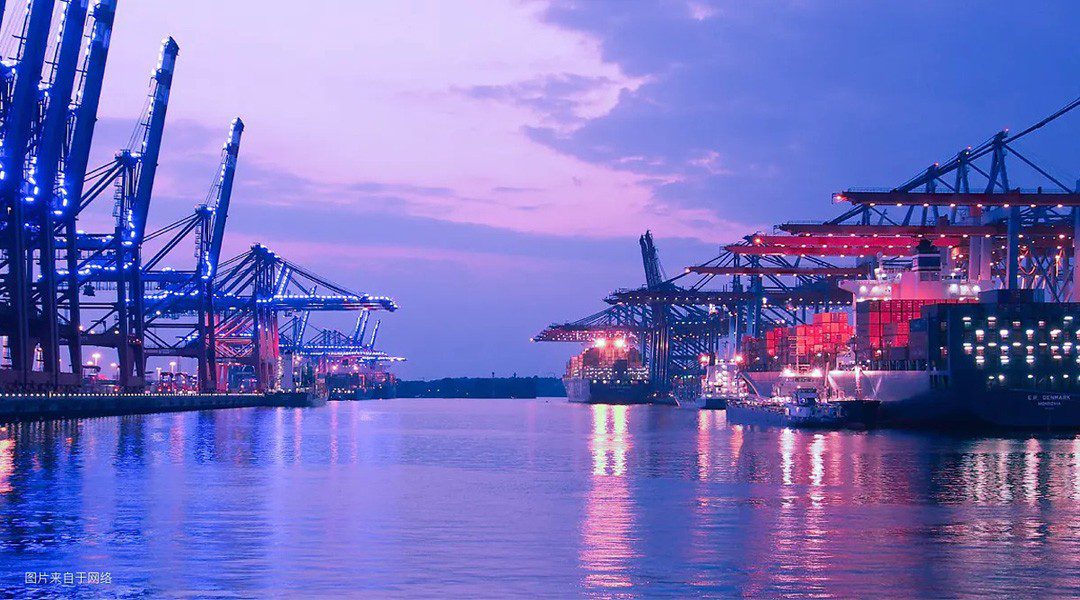To avert a fuel and power crisis like the one earlier this year, ministries are joining hands to take the sea route to supply coal cheaper and possibly faster, starting 2023.
From January 2023, Power, Coal and Shipping ministries are looking to start coal transportation from Odisha and Jharkhand by sea to the western coast as part of a key new strategy.
Several states reeled under power shortage due to flagging coal supply the last summer, forcing state-owned Coal India to import coal for the first time since 2015.
The target states are Gujarat, Maharashtra and possibly Punjab, officials in the know told ET.
Coal supply to these states is either currently from domestic sources via road or imported coal — both, expensive options, officials pointed out.
Coastal shipping of coal is, in fact, being looked at as a viable option by the Centre following the rounds of brainstorming that followed the coal crisis that highlighted serious logistical roadblocks among other factors.
Recent studies instituted by the Coal ministry now show that coastal shipping may be able to help move up to 130 million metric tonnes per annum (MMTPA) coal by 2030.
Two destination clusters have been identified. The first is Tamil Nadu and southern Andhra Pradesh. Cluster 2 is the coastal areas of Maharashtra, Gujarat and Karnataka.
The Cluster 1 coastal coal supply has already taken off in the latter half of 2022.
The area was largely dependent on imported coal which became expensive following the Russia-Ukraine crisis. Several thermal power plants were forced to shut operations.
Coastal supply of coal from Paradip in Odisha has offered a new lifeline and a cheaper one.
After discussions between the various ministries and the Gati Shakti interface, it was felt the same model can be extended to cluster 2 states as well and costs are a major factor.
It is estimated that against ‘8,000 spent on transporting of a million tonne of coal by /road, the cost will be down to ‘1,500 per MT. The cut in costs will reduce the cost of electricity besides input costs for industry.
It is assessed the coastal movement of coal will be more environment friendly vis a vis road and rail emissions and hence in keeping with India’s climate commitments.
Team Gati Shakti is, meanwhile, looking at a whole gamut of issues related to the power crisis and the ‘critical gaps’ that need urgent addressing. The Centre’s Network Planning Group (NPG) has identified 13 ‘critical gap’ projects in the coal sector at its latest meeting held this month. Work is on full swing to get these moving.
Five of the 13 critical gap projects are expected to be completed between March and May 2023. Another three of the 13 critical projects will see the light of day in 2024, two will follow in 2025 and the last — a new line in Odisha’s Balram Jharpada-Putagodia area — will be done by March 2026. 107 shipping projects are in the ‘critical gap’ list and many overlap with coal related ones.




